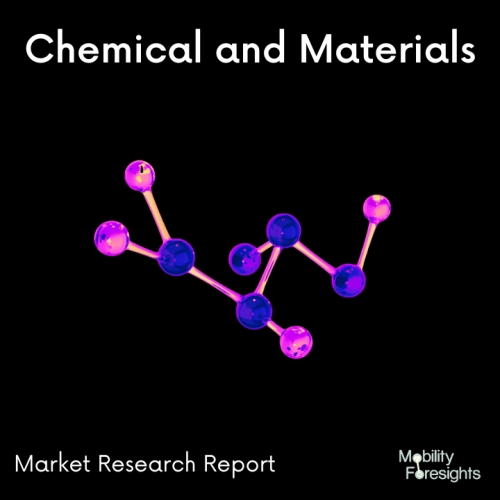
- Get in Touch with Us

Last Updated: Apr 25, 2025 | Study Period: 2024-2030
Sealant made of Plastic Butyl Rubber that Hardens through Solvent Evaporation. Not durable and releasable, suitable for seals vulnerable to minor movements. For the flange joint of conveyors, silos, and containers as well as the intersection of ventilation ducts.
Due to these characteristics, it can be used to produce tubeless tyre inner tubes and inner liners. Inner tubes are the main application for butyl rubber. Steam hoses, mechanical items, adhesives, and wire and cable insulation are a few other applications.
Isobutylene and small amounts of isoprene are copolymerized to create butyl rubber (IIR), also known as isobutylene-isoprene rubber, a synthetic rubber.
The Global EV butyl rubber market accounted for $XX Billion in 2023 and is anticipated to reach $XX Billion by 2030, registering a CAGR of XX% from 2024 to 2030.
With an additional 200,000 tonnes/year of capacity, the German specialty company Lanxess has spent more than EUR 500 million to modernise its global butyl rubber manufacturing facilities in Canada and Belgium and construct a brand-new site in Singapore.
A significant portion of it is anticipated to be directed toward the developing Asian markets, which account for around 25% of its overall group sales. The mobility megatrend is growing most rapidly in the Asia Pacific area, which is also a key driver of butyl rubber demand.
More than half of Lanxess's global butyl rubber sales, totaling more than EUR 500 million, come from the Asian market. According to the corporation, the region has the greatest growth potential due to rising middle class, greater access to healthcare, and rising passenger mobility, which all highlight the trend toward urbanisation.
The global trend toward radial, tubeless truck and bus tyres is another aspect that should be positive for the market for rubber materials.
The butyl rubber (BTR) factory that Lanxess has opened at Jurong Island, Singapore, signifies its innovative presence in the area. The butyl rubber factories already in operation by Lanxess are located in Sarnia, Canada, and Zwijndrecht, Belgium, both of which have nameplate capacities of 150,000 tonnes per year.
The Singapore facility, which is marketed as the most contemporary of its kind in Asia, joins them. The specialty chemicals company will now have three cutting-edge BTR plants on three different continents.
3,500 tonnes of steel, 350 kilometres of cable, and 80 kilometres of piping make up the production areas of the debuting facility for premium halobutyl and normal butyl rubber. Additionally, the 400 million euro plant has given residents the opportunity to apply for 160 new, highly qualified employment.
| Sl no | Topic |
| 1 | Market Segmentation |
| 2 | Scope of the report |
| 3 | Abbreviations |
| 4 | Research Methodology |
| 5 | Executive Summary |
| 6 | Introduction |
| 7 | Insights from Industry stakeholders |
| 8 | Cost breakdown of Product by sub-components and average profit margin |
| 9 | Disruptive innovation in the Industry |
| 10 | Technology trends in the Industry |
| 11 | Consumer trends in the industry |
| 12 | Recent Production Milestones |
| 13 | Component Manufacturing in US, EU and China |
| 14 | COVID-19 impact on overall market |
| 15 | COVID-19 impact on Production of components |
| 16 | COVID-19 impact on Point of sale |
| 17 | Market Segmentation, Dynamics and Forecast by Geography, 2024-2030 |
| 18 | Market Segmentation, Dynamics and Forecast by Product Type, 2024-2030 |
| 19 | Market Segmentation, Dynamics and Forecast by Application, 2024-2030 |
| 20 | Market Segmentation, Dynamics and Forecast by End use, 2024-2030 |
| 21 | Product installation rate by OEM, 2023 |
| 22 | Incline/Decline in Average B-2-B selling price in past 5 years |
| 23 | Competition from substitute products |
| 24 | Gross margin and average profitability of suppliers |
| 25 | New product development in past 12 months |
| 26 | M&A in past 12 months |
| 27 | Growth strategy of leading players |
| 28 | Market share of vendors, 2023 |
| 29 | Company Profiles |
| 30 | Unmet needs and opportunity for new suppliers |
| 31 | Conclusion |
| 32 | Appendix |